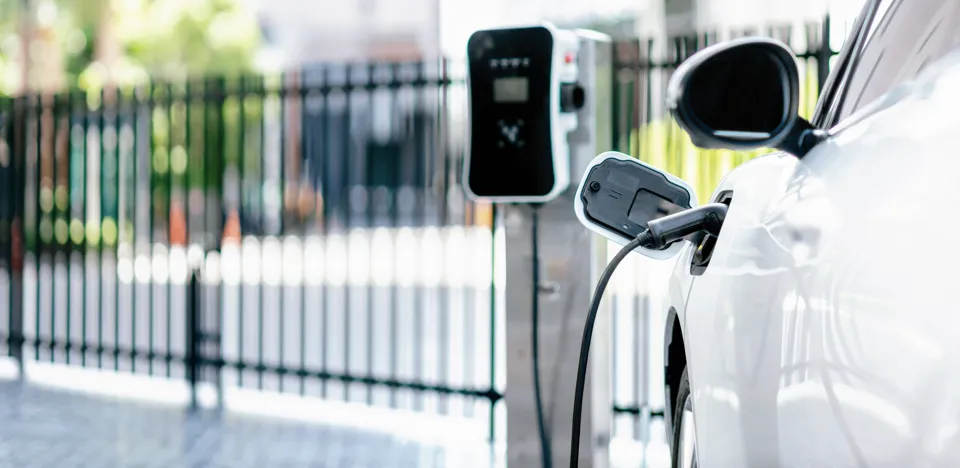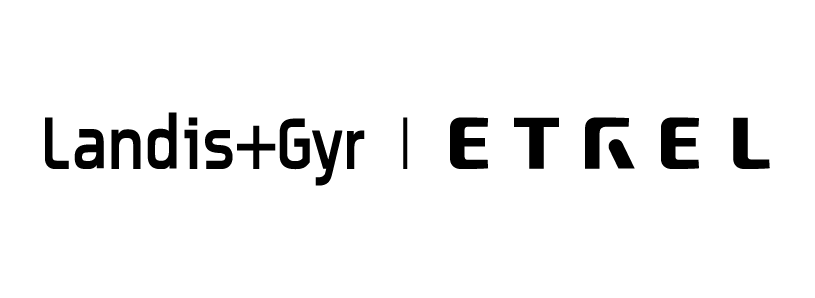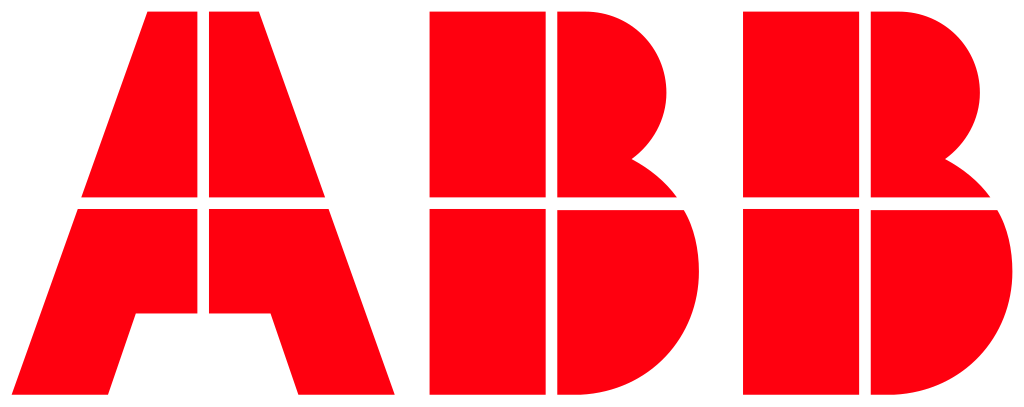The world of consumer vehicles has gone mad for EVs. For years, the waves of change have been drawing the electric revolution inexorably closer. Electrifying commercial fleets, however, is a little different from trading in the family SUV for a VW ID.4. Fleet vehicles have schedules and require maintenance that’s more consistent and often more expensive than home vehicles. They also need new infrastructure: charging stations and a backend operating system. They suffer greatly from an unforeseen charger or vehicle downtime. Thankfully, there are solutions to these problems!
OPERATING COSTS
The first worry when electrifying a commercial fleet is how much the transition will cost. EVs are more expensive, right? And that’s without thinking about the cost of installing on-site infrastructure. Those numbers add up! While there’s no single solution, two points deserve consideration.
Total Cost of Ownership
EVs cost more upfront. No way around it. However, the story doesn’t end there. PG&E has an excellent breakdown of the total cost of ownership (TCO) of an EV fleet compared to a diesel one. Their analysis is for a 20-vehicle fleet, but the TCO benefits play out in fleets of all sizes. Electric fleets come with lower maintenance costs, lower fueling costs, and potential support from a range of EU and government grants and rebates.
COSTLY MAINTENANCE
Maintaining the Vehicles
For most gas-powered fleets, maintenance is a huge line item in the annual budget. EVs, however, simply have fewer parts to maintain. While they have the same basics found on gas-powered vehicles (brakes, windows, suspension), they lack the complications of internal combustion engines. That single change means sizeable savings down the road with EVs.
Infrastructure Maintenance
Electrified fleets need chargers. No way around that. While a lot has been written about the maintenance of EVs, less exists on what it takes to maintain EV chargers. For a good reason! A well-built, quality AC or DC charging station requires almost no maintenance! After the station is properly installed and connected to the internet so it can run the backend operating system, it can withstand inclement weather conditions, daily use, and whatever else a fleet operator can throw at it.
RANGE AND UTILIZATION
One of the biggest questions is vehicle range. Gas-powered trucks or delivery vans can easily gas up for a quick increase in available range. EV charging takes longer (although not always that much longer when done at a high-powered DC charging station). Will the electrified fleet vehicles be able to meet route needs on a single charge? Will the vehicle have to charge up “in the wild” partway through a route? To find out, there are two important steps to take:
Map Your Routes
Obviously, the first step needed is to really know all routes. An updated audit of routes and their distances will give peace of mind when considering EV options to meet route needs. Also, decide whether to replace fleet vehicles with a single model or a mix. Depending on the reasons for the transition, fleet electrification can also include a few hybrid vehicles for the longest legs if needed.
CHARGER DOWNTIME
What’s the point of spending all that money on EVs and charging infrastructure if the chargers are going to have a lot of downtime? With the right operating system, this doesn’t have to be a problem. Our cloud software platform was built with just these kinds of worries in mind. The system is highly automated, meaning it runs diagnostics and recovery on its own, keeping the system up and running, dramatically reducing downtime worries.
MAKING THE SHIFT
There are a lot of reasons to transition to an electrified fleet. Whatever the reason, though, it’s important to have the right partner. That means talking to someone who has been there, knows all the potential pitfalls, and can help guide you through the process. If you’re looking for this kind of expert, you’re in the right place.

Find out more about Switching your fleet to Electric Vehicles.












